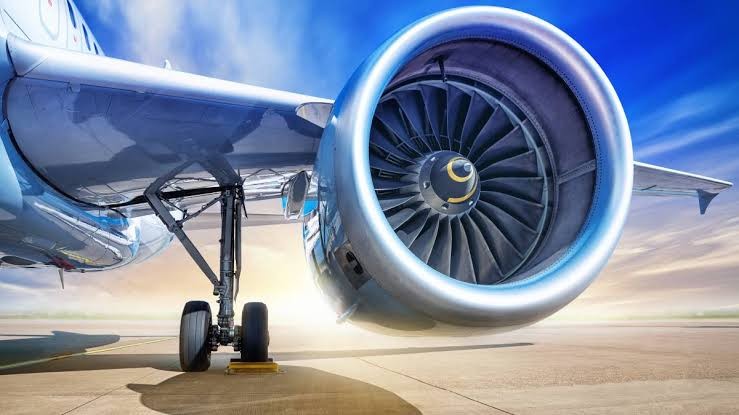Jet engines burn less fuel at higher altitudes due to reduced air density and reduced air temperature. This improves fuel efficiency and reduces operating cost, but also poses some challenges and risks for aircraft performance and operation. Aircraft designers and operators balance these factors when choosing the best altitude for their missions.
Jet engines are devices that produce thrust by compressing and heating air, mixing it with fuel, and igniting it in a combustion chamber. The resulting hot gas expands and exits through a nozzle, creating a reaction force that propels the aircraft forward. Jet engines are widely used in aviation because they offer high power, speed, and efficiency compared to other types of engines.
However, jet engines are also affected by the atmospheric conditions, such as air pressure, temperature, and density. These factors influence the performance and fuel consumption of jet engines, which are important aspects of aircraft design and operation. One of the most noticeable effects of atmospheric conditions on jet engines is the decrease of specific fuel consumption (SFC) with altitude.
SFC is a measure of how much fuel an engine burns per unit of thrust produced. It is usually expressed in units of mass per time divided by force, such as pounds per hour per pound of thrust (lb/(h·lbf)) or kilograms per hour per kilonewton (kg/(h·kN)). SFC is an indicator of the fuel efficiency and operating cost of an engine. The lower the SFC, the less fuel is required to produce a given amount of thrust.
SFC decreases with altitude because of two main reasons: reduced air density and reduced air temperature.
- Reduced air density: As an aircraft ascends, the air pressure and density decrease exponentially. This means that there is less air available for the engine to compress and burn. To maintain a constant thrust output, the engine has to increase its mass flow rate, which is the amount of air that passes through the engine per unit time. However, the increase in mass flow rate is not proportional to the decrease in air density. In fact, the mass flow rate increases at a slower rate than the air density decreases. This means that the engine needs less fuel to maintain a constant air-fuel ratio, which is the proportion of fuel to air in the combustion chamber. Therefore, the SFC decreases with altitude due to reduced air density.
- Reduced air temperature: As an aircraft ascends, the air temperature also decreases linearly. This means that the air entering the engine is colder than at sea level. Colder air has lower specific heat capacity, which is the amount of heat required to raise the temperature of a unit mass of a substance by one degree. This means that colder air requires less heat to reach the same temperature as warmer air. Therefore, the engine needs less fuel to heat up the same amount of air to the same temperature in the combustion chamber. Therefore, the SFC decreases with altitude due to reduced air temperature.
The combined effect of reduced air density and reduced air temperature on SFC can be seen in this graph, which shows how SFC varies with altitude for different types of jet engines. The graph shows that SFC decreases with altitude for all types of jet engines, but at different rates depending on their design and operating conditions.
The decrease in SFC with altitude has several advantages for aircraft performance and operation. It means that an aircraft can fly faster, farther, and higher with less fuel consumption and lower emissions. It also means that an aircraft can carry more payload or passengers for a given amount of fuel. However, there are also some disadvantages and limitations associated with flying at high altitudes. For example, there are increased risks of icing, hypoxia, decompression sickness, and radiation exposure for both crew and passengers. There are also aerodynamic and structural challenges related to high-speed flight and high-altitude flight. Therefore, aircraft designers and operators have to balance these factors when choosing the optimal altitude for their missions.
Conclusion
Jet engines are affected by atmospheric conditions such as air pressure, temperature, and density. One of the effects is the decrease in specific fuel consumption (SFC) with altitude. SFC is a measure of how much fuel an engine burns per unit of thrust produced. SFC decreases with altitude because there is less air available for compression and combustion, and because colder air requires less heat to reach the same temperature as warmer air. The decrease in SFC with altitude improves fuel efficiency and reduces operating cost for jet engines. However, flying at high altitudes also poses some challenges and risks for aircraft performance and operation. Therefore, aircraft designers and operators have to consider these factors when choosing the best altitude for their missions.

Comments (0)
Please login to join the discussion
Be the first to comment on this article!
Share your thoughts and start the discussion